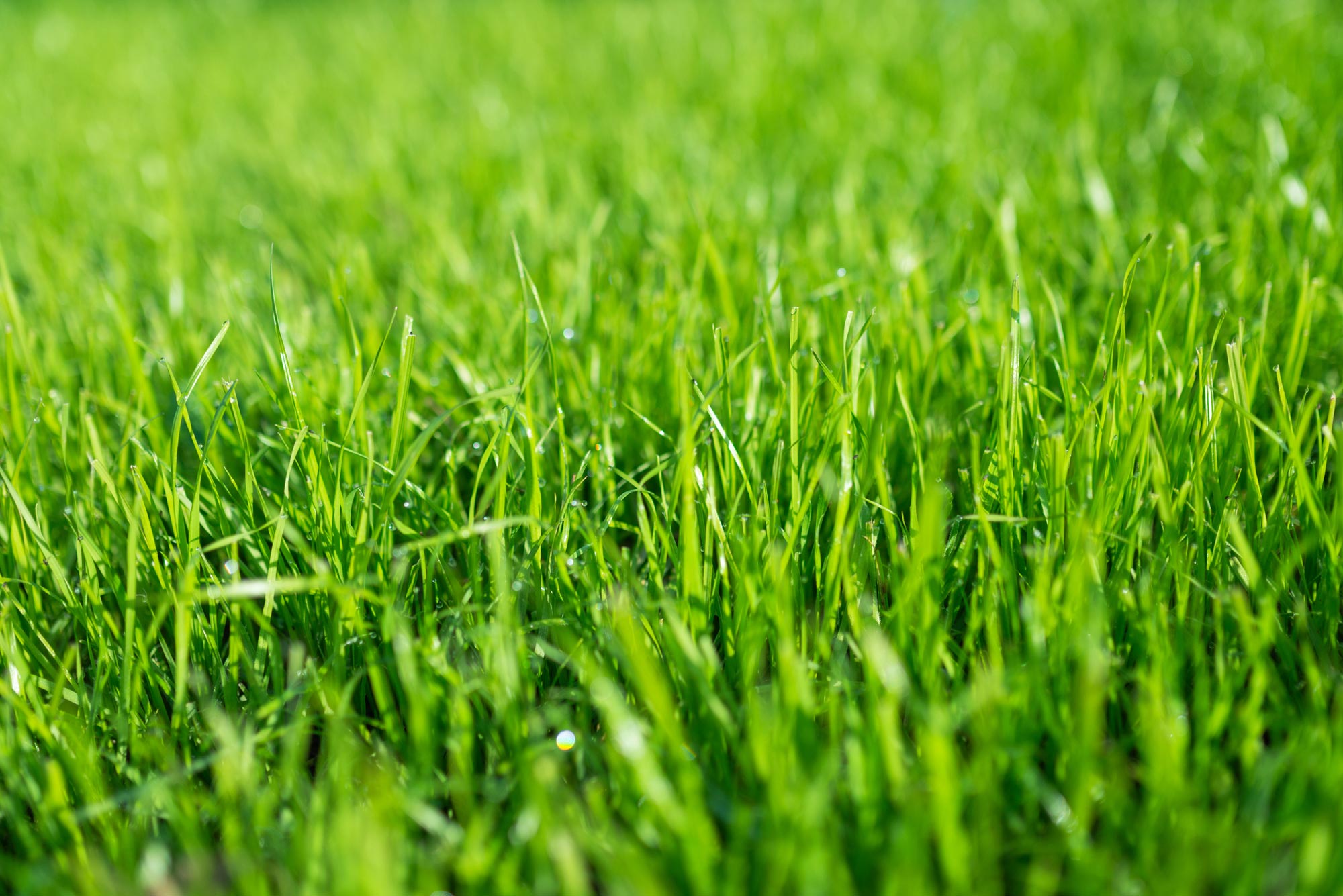Fall Fertilizer Applications - Why Turf Professionals Should Never Skip or Skimp
Fall Fertilizer Applications - Why Turf Professionals Should Never Skip or Skimp
For both golf course superintendents and lawn care professionals, fall is one of the most important—and often underestimated—times to fertilize turf. While the growing season may be winding down, this is the period when turfgrass plants are actively preparing for winter and next spring’s performance. Skipping or reducing fertilizer applications now can compromise months of hard work and lead to poor turf quality when play and maintenance ramp up again in spring.
Why Fall Fertilization Matters

As temperatures cool and shoot growth slows, turfgrass plants shift their energy below ground. The focus turns to building and storing carbohydrates in roots, rhizomes, and crowns—resources that sustain the plant through winter dormancy and fuel vigorous green-up next spring. Proper fall fertilization supports this process, strengthening the root system and enhancing overall plant resilience. Without adequate nutrients during this time, turf may enter winter with low carbohydrate reserves, increasing the risk of winter injury, disease susceptibility, and thin, weak turf in early spring. Whether managing putting greens and fairways or residential and commercial lawns, the goal remains the same: deliver a dense, healthy, and stress-tolerant stand of turf through a strategic nutrient program.
Timing and Nutrient Strategy
Early Fall:
When soil temperatures are still warm and turf is actively growing, a fertilizer containing a controlled or slow-release nitrogen source is ideal. This promotes continued photosynthesis and root development while supporting carbohydrate accumulation. Balanced nutrient formulations that include phosphorus and potassium are also beneficial for overall plant strength and root health.
Late Fall:
As growth slows and turf begins transitioning into dormancy, quick-release or liquid nitrogen sources become more effective. These products deliver readily available nutrients that turf can absorb before soil activity diminishes. Light, well-timed applications ensure the plant has sufficient reserves without stimulating unwanted late-season top growth.
For golf course superintendents managing high-performance areas such as greens and tees—or lawn care operators maintaining premium turf—liquid and foliar applications provide precision and flexibility, allowing for consistent uptake and rapid results.
Best Practices for Fall Fertilizer Programs
- Test Before You Treat: Base all fertilizer applications on recent soil test data to ensure nutrient inputs match site-specific needs.
- Match Product to Conditions: Early fall favors slow-release formulations, while late fall benefits from soluble or liquid sources for quicker response.
- Treat All Turf Areas: Avoid overlooking fairways, roughs, or less visible lawn areas—consistent fertility across all zones ensures uniform turf performance.
- Avoid Cutting Back: Reducing fertilizer rates or skipping acres may save money short-term, but it often results in weaker turf, increased spring recovery costs, and higher long-term maintenance needs.
The Bottom Line
For golf course superintendents and lawn care professionals alike, fall fertilization is a non-negotiable step in maintaining healthy, resilient turf. It builds stronger root systems, improves winter survival, and ensures rapid spring recovery—setting the stage for success in the coming season. Investing in a well-timed, well-balanced fertility program now pays dividends in turf quality, playability, and customer satisfaction.